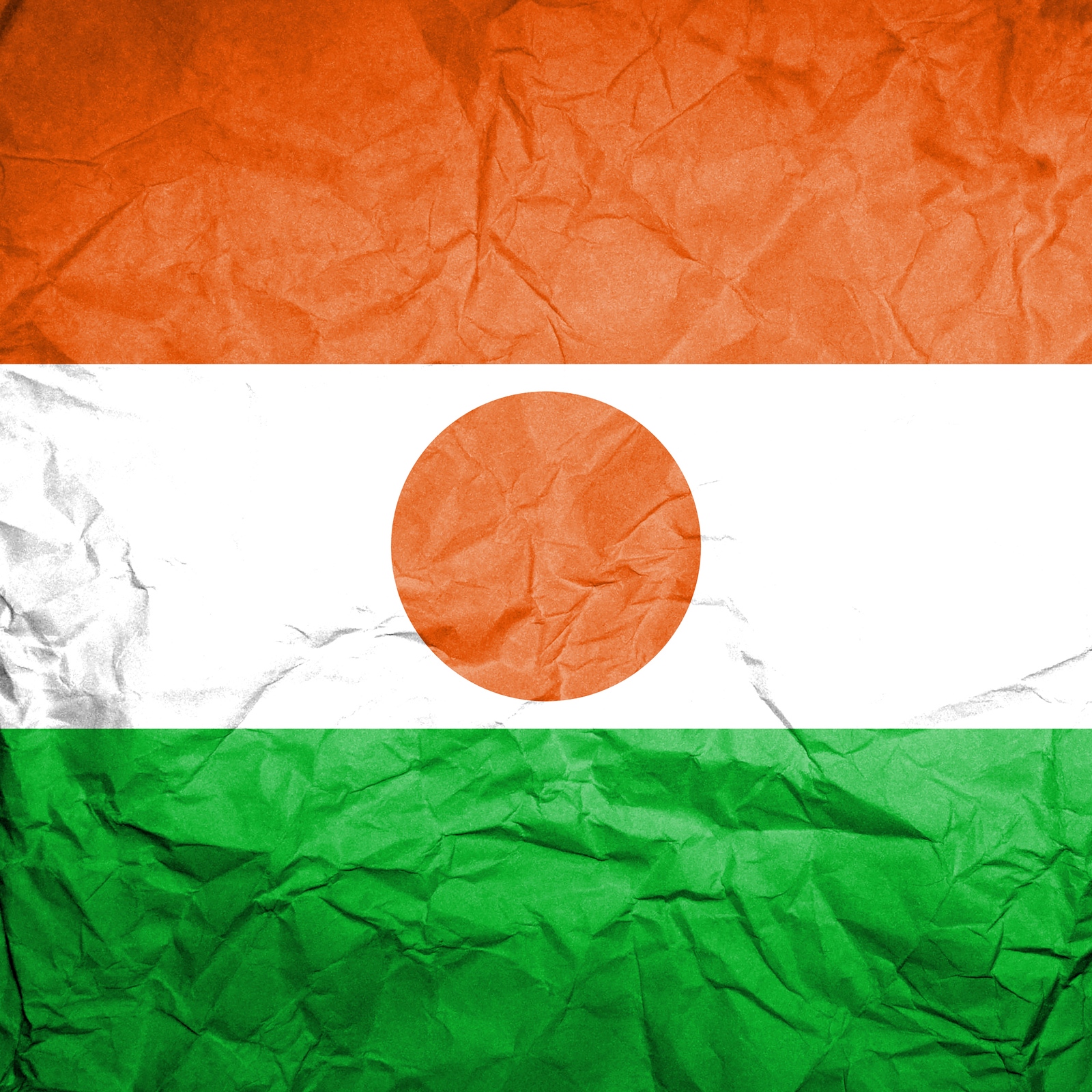Economy
Niger by the Numbers: Its Population and Economy

Published:
Last Updated:

Most Americans know little or nothing about Niger, the country where four U.S. soldiers were killed in an ambush. It is a small country based on population and one of the poorest in the world.
Niger’s population of 21 million makes it the 57th most populated nation in the world, just behind Taiwan and ahead of Sri Lanka. It covers 1.3 million kilometers, ranking it 22nd in the world based on geographic size.
Niger’s gross domestic product (GDP) based on purchasing power parity (PPP) ranks 142nd among all nations at $7.7 billion. The nation is terribly impoverished, as measured by income. Based on GDP per capita, it ranks 200th at $1,100.
The International Monetary Fund’s most recent report on Niger’s economy was issued in April. Among its conclusions:
The country entered a recession in 2016, with growth contracting by 1.5 percent. Annual inflation doubled to 18.6 percent, reflecting higher electricity costs and fuel tariffs, a weaker naira, and accommodating monetary conditions.
The World Bank’s assessment was more sanguine:
Despite a difficult external environment, Niger’s economy is performing well. Low average rainfall and insecurity affecting the production of uranium was offset by the increase of revenues generated from the production of oil which is estimated at 18,000 barrels/day. In 2014, economic growth accelerated to 6.9%, thanks to a rebound in agriculture and large public investment projects. Economic growth is still highly dependent on climatic conditions, large-scale investment projects in extractive industries, and security conditions. In 2015, GDP was 4.4%, down from 6.9% in 2014. This deceleration is mainly due to a 3.5% contraction of the agriculture sector.
According to the CIA World Factbook, the huge majority of the nation’s economic production is from agriculture. Its assessment:
Niger is a landlocked, sub-Saharan nation, whose economy centers on subsistence crops, livestock, and some of the world’s largest uranium deposits. Agriculture contributes approximately 25% of GDP and provides livelihood for 87% of the population. The UN ranked Niger as the second least developed country in the world in 2016 due to multiple factors such as food insecurity, lack of industry, high population growth, a weak educational sector, and few prospects for work outside of subsistence farming and herding.
In short, the country could not be poorer, and that is unlikely to change soon.
Are you ready for retirement? Planning for retirement can be overwhelming, that’s why it could be a good idea to speak to a fiduciary financial advisor about your goals today.
Start by taking this retirement quiz right here from SmartAsset that will match you with up to 3 financial advisors that serve your area and beyond in 5 minutes. Smart Asset is now matching over 50,000 people a month.
Click here now to get started.
Thank you for reading! Have some feedback for us?
Contact the 24/7 Wall St. editorial team.